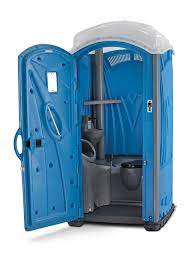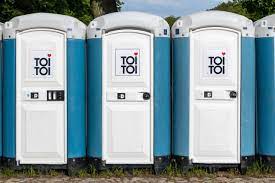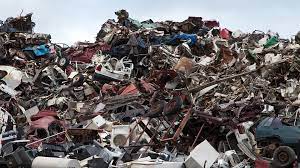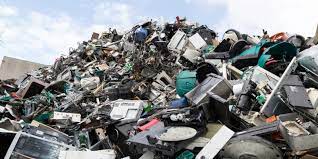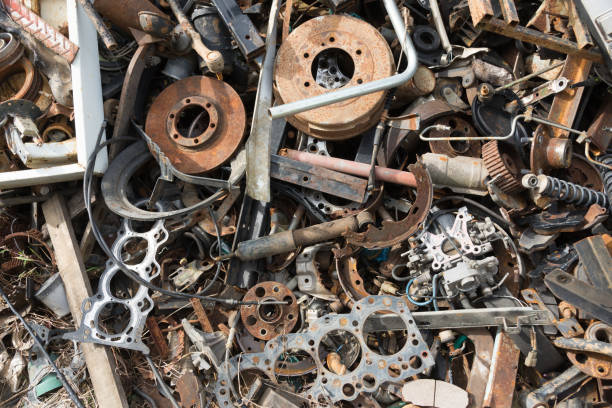
Proper management of solid waste is critical to the health and well-being of urban residents. In Lagos metropolis, like most cities in the developing world, several tons of municipal solid waste is left uncollected on the streets each day, clogging drains, creating feeding ground for pests that spread disease and creating a myriad of related health and infrastructural problems.
A substantial part of the urban residents in the city and suburban informal settlements of Lagos metropolis also have little or no access to solid waste collection services. This is due to lack of proper land use planning which resulted in the creation of informal settlements with narrow streets that make it difficult for collection trucks to reach many areas.
The result is that a large portion of the population is left without access to solid waste management making them particularly vulnerable.
Presently, the rate of waste generation in Lagos (with estimated population over 10 million in 2012) is nine thousand (9, 000) tonnes/day (source- Lagos State Waste Management Authority - LAWMA) while in Kano State, the rate is three thousand, eight hundred and forty nine (3, 849) tonnes/day (source- Bayero University Kano Consultancy Unit).
Generally, the average rate of generation is estimated as zero point five (0.5) kg/capital/day. Some of the waste generated includes paper, glass, metal scrap, waste tyres and plastic and with the use of technology, these products can be transformed into useful products again.
Scrap metal is divided into two (2) categories: ferrous and non-ferrous. The distinguishing characteristic between the two types of metals is the presence of iron.
Ferrous metals contain iron while nonferrous do not. Therefore, anything that’s made out of steel is going to be a ferrous metal. Cars and many household appliances, for instance, are mostly made of ferrous metals.
If you’re unsure if something is ferrous or not, see if a magnet is attracted to it. If the metal is magnetic, then it’s a ferrous metal. While ferrous metals are prone to corrosion, they’re highly prized by metal scrap buyers for their high durability and tensile strength.
Types of scrap used in steelmaking
Heavy melting steel – Industrial or commercial scrap steel greater than six (6) mm thick, such as plates, beams, columns, channels; may also include scrap machinery or implements or certain metal stampings.
It is broken up into two (2) major categories: Heavy Melting Steel (HMS) 1 and Heavy Melting Steel (HMS) 2, where HMS 1 does not contain galvanized and blackened steel, whereas HMS 2 does.
Old car bodies – Vehicles with or without interiors and their original wheels
Cast iron – Cast iron bathtubs, machinery, pipe, and engine blocks
Pressing steel – Domestic scrap metal up to approxiamately six (6) mm (0.24 in) thick.
Examples - "White goods" (fridges, washing machines, etc.), roofing iron, water heaters, water tanks, and sheet metal offcuts
Reinforcing bars or mesh – Used in the construction industry within concrete structures
Turnings – Remains of drilling or shaping steels. Also known as "borings" or "swarf"
Manganese steel – Non-magnetic, hardened steel used in the mining industry, cement mixers, rock crushers, and other high-impact and abrasive environments.
Rails – Rail or tram tracks. Used rails sales are banned in Nigeria.
Ships - The hulls of ships, with any usable equipment salvaged and removed, can be broken up to provide scrap steel.
The nation’s national steel consumption rate which is presently estimated at two million (2,000,000) metric tons annually is been meet through the recycling of metal scraps due to the fact that our mining sector in comatose thereby making demand exceed supply.
In Nigeria, the demand for metal scraps can be traced to the very increasing growth of building construction where they are used as steel bars. Approximately, about seventy percent (70%) of recycled metal product in Nigeria end up been used in the construction industry.
The business has been analyzed to be a huge source of income for traders due to its increasing demand by metal recycling companies.
The return on investment is about thirty to fifty percent (30%-50%) per transaction.
















